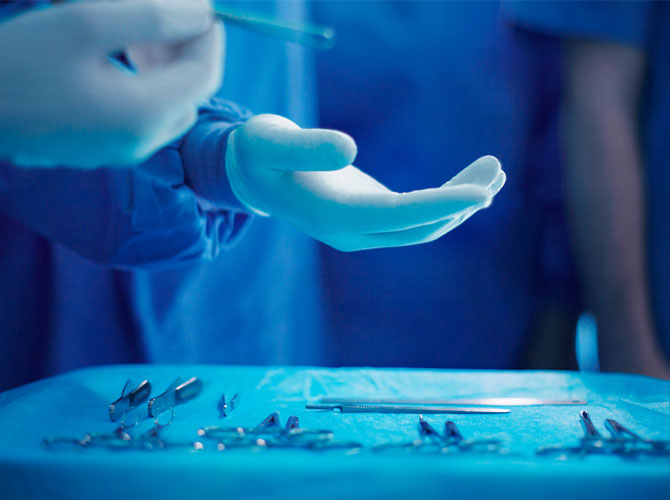
brain stroke
A stroke is a "brain attack". It can happen to anyone at any time. It occurs when blood flow to an area of brain is cut off. When this happens, brain cells are deprived of oxygen and begin to die. When brain cells die during a stroke, abilities controlled by that area of the brain such as memory and muscle control are lost.
How a person is affected by their stroke depends on where the stroke occurs in the brain and how much the brain is damaged. For example, someone who had a small stroke may only have minor problems such as temporary weakness of an arm or leg.
People who have larger strokes may be permanently paralyzed on one side of their body or lose their ability to speak. Some people recover completely from strokes, but more than 2/3 of survivors will have some type of disability.
HEMORRHAGIC STROKE
A brain aneurysm burst or a weakened blood vessel leak (hemorrhagic) is one of two types of stroke. While the least common of the two types of stroke it most often results in death.
ISCHEMIC STROKE
A blood vessel carrying blood to the brain is blocked by a blood clot (ischemic) is one type of stroke.
WHAT IS TIA?
When blood flow to part of the brain stops for a short period of time, also called transient ischemic attack (TIA), it can mimic stroke-like symptoms. These appear and last less than 24 hours before disappearing.
Treatment
There are several treatment options for stroke depending on the cause of your stroke. If you are having an ischemic stroke Tissue plasminogen activator (tPA) is given via intravenous therapy (IV) and works by dissolving the clot and improving blood flow to the part of the brain being deprived of blood flow. tPA should be given within three hours (and up to 4.5 hours in certain eligible patients) of the time symptoms first started. If swelling in brain continue, removing a part of bone- Decompressive craniectomy is urgently indicated.
A hemorrhagic stroke (sometimes called a bleed) occurs if an artery in your brain leaks blood. The first steps in treating a hemorrhagic stroke are to find the cause of bleeding in the brain and then control it. Some of the options for treatments include controlling high blood pressure, and surgery to remove the clot causing pressure in brain and sealing the bleeding vessel.
Medical advances have greatly improved survival rates and recovery from stroke during the last decade. Your chances of survival and recovery outcomes are even better if the stroke is identified and treated immediately.
